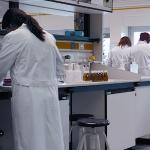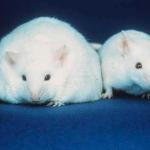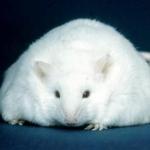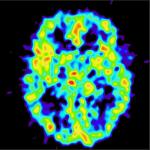In the late 90's, Michael J. Fox starred in a television comedy called Spin City. As its name implies, the job of Fox's character was to "spin" the truth to make his boss (the mayor of New York City) look good.
Biomedicine & Biotech
Being tan has a slimming effect and makes people look and feel great. Well, turning fat brown can actually make people thin.
Medicare and Medicaid cannot negotiate the cost of drugs – meaning they have to pay whatever a pharmaceutical company charges for their drugs.
Unlike animals, bacteria can readily share genetic information with other bacteria, even those of entirely different species.
A couple of years ago we applauded Uganda for adopting the National Biotechnology and Biosafety Bill which will allow farm
People with red hair tend to have a greater health risk from sun exposure, and for developing skin cancer.
Heparin is a mucopolysaccharide, which is a long chain sugar molecule, is found in mucous and fluid surrounding the joints.
In the United States, we are largely sheltered from some diseases which have a great disease burden globally. Tuberculosis (TB) is one such disease, accounting for nine million newly diagnosed cases and two million deaths annually.
Endorphins are neurotransmitters in the brain that, when paired with their receptors, can block pain and also stimulate a feeing of pleasure, thus, the “runners’ high” and other sources of pain and stress.
Biologists have long known that small animal species, if they migrate from the mainland to an island or other isolated habitat, will evolve over time to become larger.












